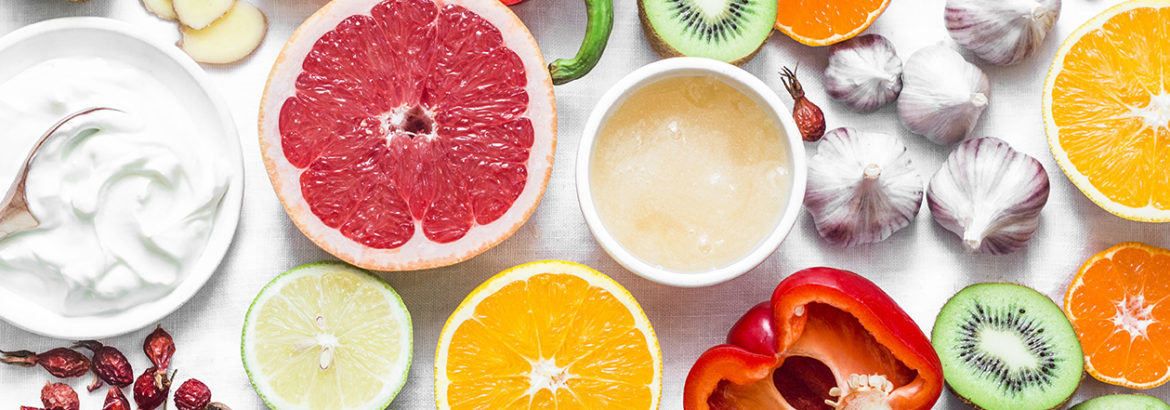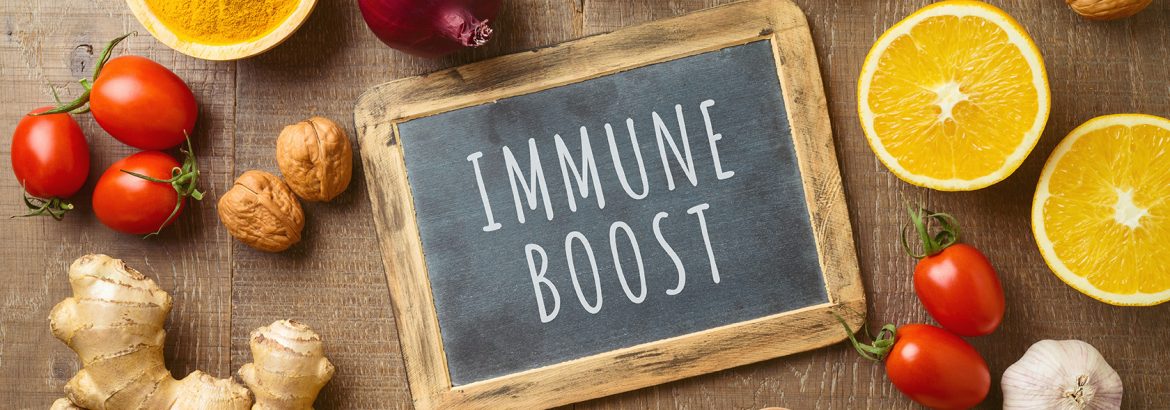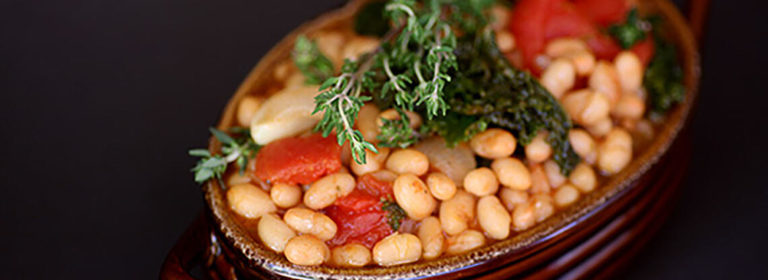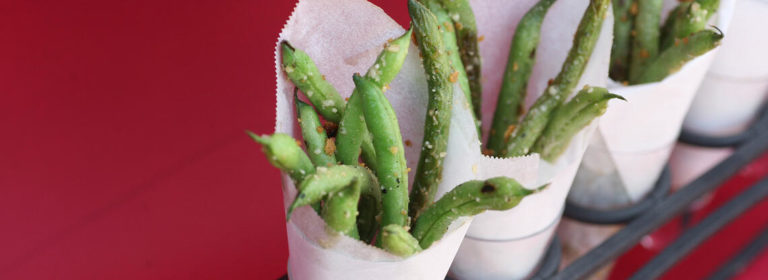Collard greens, kale, mushrooms predicted as big sellers to help consumers stay healthy as pandemic continues.
With so many twists and turns concerning Covid-19 variants, consumers are doing everything in their power to stay healthy on their own terms. One of the buzziest phrases over the past two years is “immunity-boosting ingredients,” which is predicted to stick around well into 2022 and beyond as operators explore and experiment with endless possibilities.
Fruits and vegetables, of course, shine as top immunity-boosting ingredients (Use Markon’s produce guide to search the nutritional content of various fruit and vegetables and learn more about their seasonality and handling). A recent Datassential study reports that 48% of consumers say they want immunity-boosting ingredients in everything they eat, from burgers and burritos to pastas and pizza. They created a list of Top 10 foods, including citrus fruits, super foods like mushrooms, and dark leafy greens – particularly collards and the long-reigning kale.
Markon’s Deena Ensworth foresees the latter a front runner in immunity-boosting ingredients even though the industry is on the hunt for the next big thing.
“Although the media is always asking ‘What’s the next kale?’ we’ve seen sales of this item hold strong,” says Ensworth, who acts as Culinary Innovations Director for Markon Cooperative. “Rather than the breakout ingredient it was, it’s become a staple for foodservice, from white-tablecloth establishments all the way down to quick-service restaurants (QSRs). Kale salads are now as ubiquitous as iceberg and romaine, so I don’t see this changing anytime soon.”
She also believes collard greens will continue to trend upwards due to their durability during transport and flexibility in recipes.
“Collard greens got a big push during the toughest months of the pandemic shutdowns for their heartiness and ability to hold up better during delivery times,” she continues. “Now that chefs have worked with it and customers got exposure to their flavors, I bet this ingredient will become more popular, especially because it can be cross-utilized throughout menus (not just salads, but also in soups, stews, curries, and as sides).”
In executing menus, however, chefs/operators should be intentional in how they push immunity-boosting ingredients, cautions Cathy Holley, the publisher/editor-in-chief for Flavor & The Menu. Consumers on average believe that dishes promoting healthy benefits are also flavorless, she continues, which may offer real opportunity and a challenge for operators.
For example, Holley believes labeling dishes “immunity boosting” is more attractive to customers than labeling them “heart healthy” due to the heavy promotions of vitamins in various produce.
“If operators had immunity-boosting tags on certain menu items, such as ‘ups vitamin D,’ consumers might be enticed,” recommends Holley, who is also president of The Flavor Experience.
“Years ago, it used to be we are your chef, not your doctor,” she continues. “Now operators are contemplating how to best engage their customers. That’s what presents more of an opportunity. Before it was only select groups of consumers, but now we all know that immunity has to play an important role in our daily diet.”
Holley predicts that 2022 is the year this will all play out. “I think the interesting discussion is how chefs and menu developers will take their ownership,” she says, “and whether they will leave it up to consumers to figure out at home or if there’s a way to convey to consumers that this is your one-and-done meal and you’re covered.”
Chef Ian Ramirez believes the trend will play an important role on menus beyond those specializing in healthy focused foods.
“Customers will seek out dishes with functional benefits now more than ever before,” states Ramirez, the Director of Culinary Innovation and Operations for Creative Dining Services. “Not only are they looking for center-of-the-plate items like vegetables and proteins, but also spices and herbs that provide that extra little something.”
Chef Nicholas Gonring mentions the mushroom as one ingredient that’s extremely adaptable on menus.
“They’re more in that functioning space, especially in the beverage format,” says Gonring, the Corporate Consulting Chef for Gordon Food Service (overseeing its North American culinary department). “Consider all the different types of [mushroom] stir-ins for coffee. You’re adding lion’s mane powder because you want more cognition. Or reishi is supposed to be anti-carcinogenic.”
He adds that access to fresh mushrooms year-round “will have a stronger effect on the future” of immunity-boosting ingredients. Also important to note is that technological advances in farming helps them grow in abundance, even in challenging climates.
“Access to things that might have been wildly cultivated, such as Hen of the Woods mushrooms, are now grown in indoor farms,” explains Gonring.
By Audarshia Townsend
About Markon
Markon Cooperative, Inc. brings a fresh approach and thinking to all of its premium farm-to-table produce so foodservice operators can bring the freshest ideas to their consumers. Based in Salinas, California, Markon serves as the produce purchasing, logistics, information, and marketing partner for its five member distributors (Ben E. Keith Foods, Gordon Food Service, Gordon Food Service Canada, Nicholas & Company, and Shamrock Foods) and their North American foodservice customers. Learn more about Markon’s commitment to providing the highest-quality, safest, and freshest produce at Markon.com.




